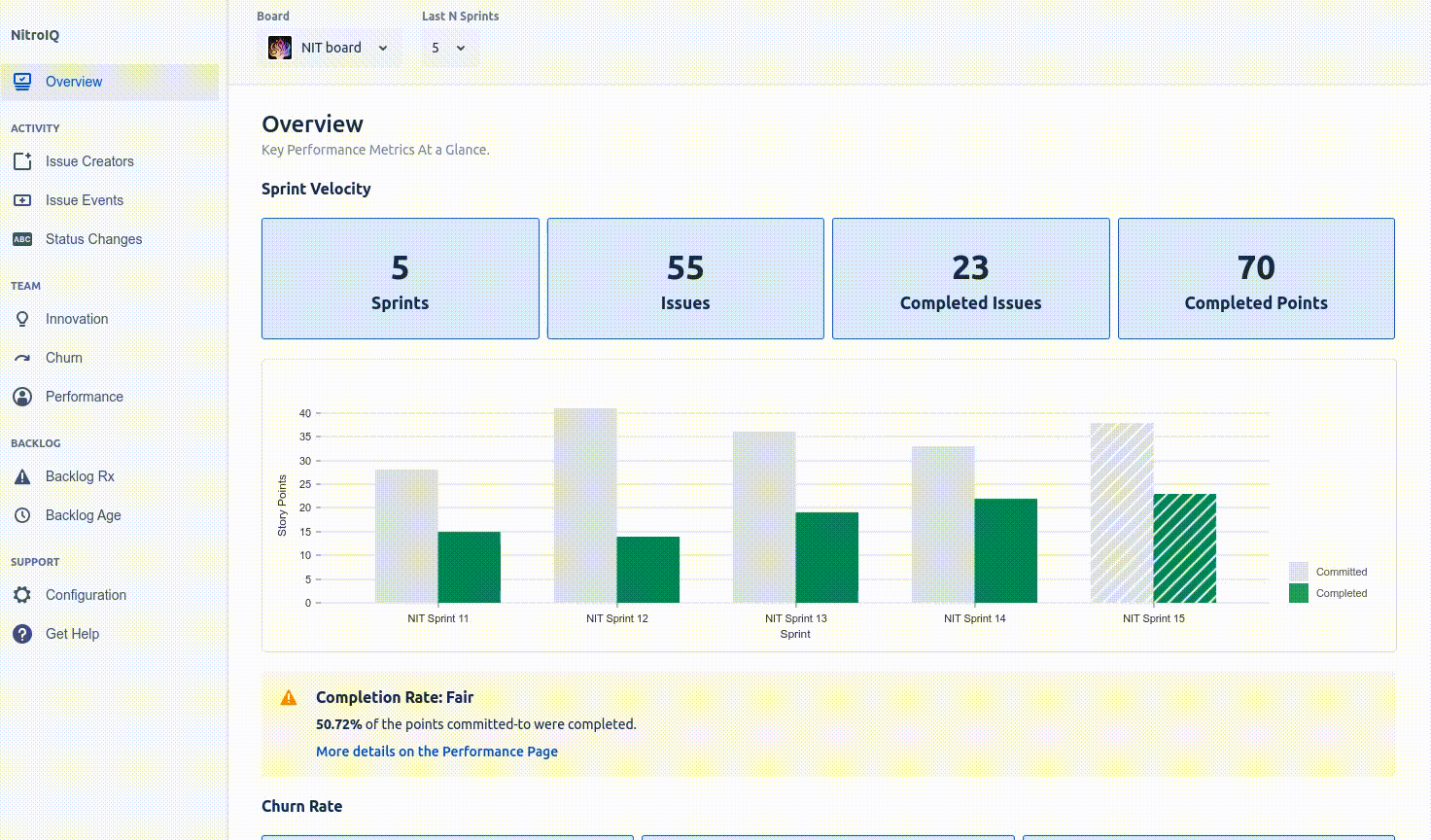Why is backlog maintenance important?
Maintaining a backlog, frankly just sucks.
It's a tedious task that teams rarely enjoy doing, but left unattended, will almost certainly lead to a variety of negative effects. I've often witnessed in my career that diagnosing a team's (product + engineering) inability to deliver on time, requires me to look at the backlog first!
The purpose of regularly maintaining (or grooming) a backlog is to ensure that the backlog is always up-to-date and that the team is always working on the most important issues. This is especially important for teams that are working on multiple projects at once, as it can be difficult to keep track of all the issues that need to be addressed.
Failure to maintain a backlog is a common occurence I've witnessed in my career and the effects can manifest in a variety of ways. However, the most common effects are:
- The team is working on issues that are not the most important (lack of prioritization)
- Product Management is unable to provide accurate estimates on when a feature will be delivered (lack of estimation) to customers and management.




